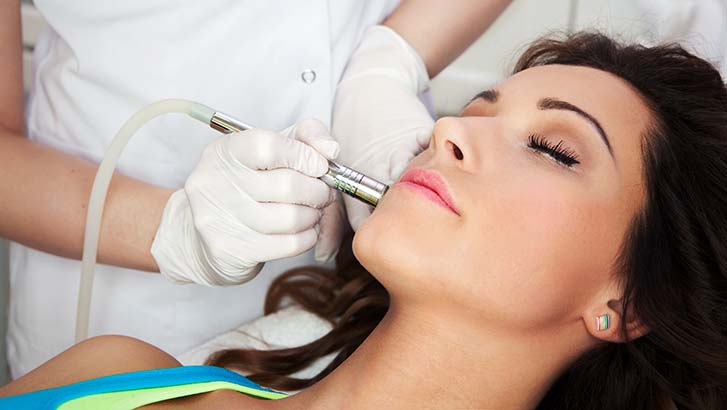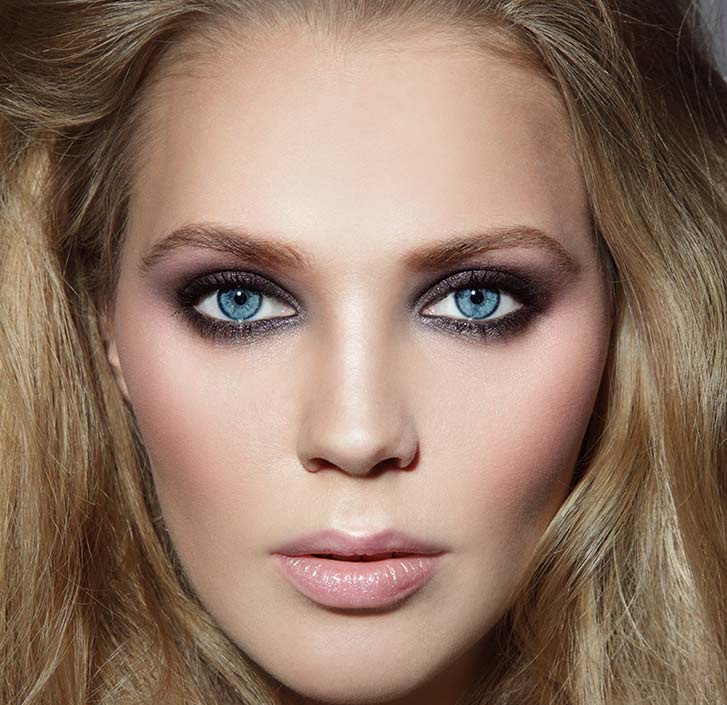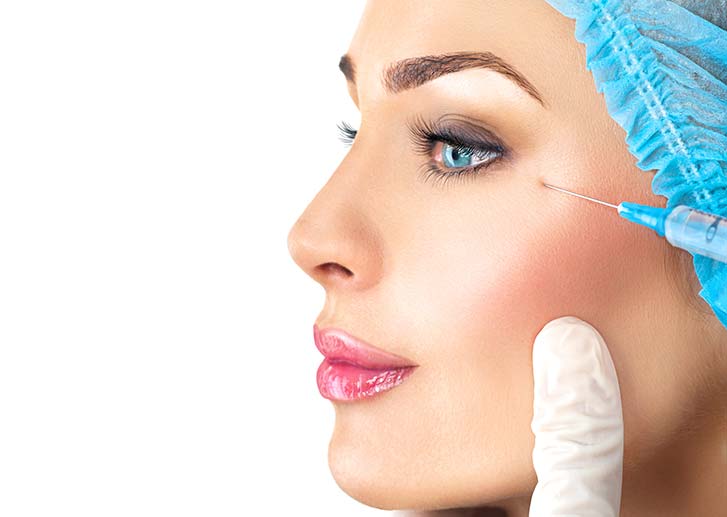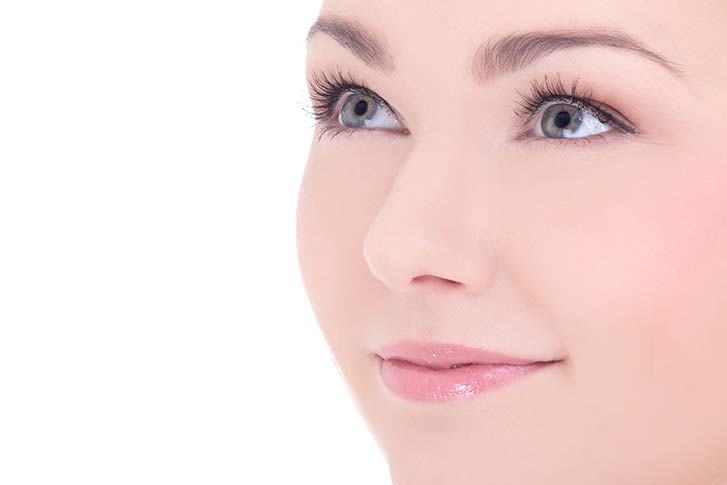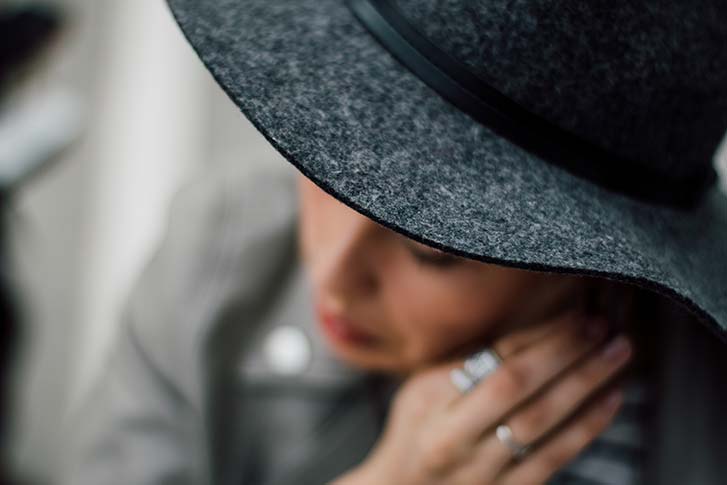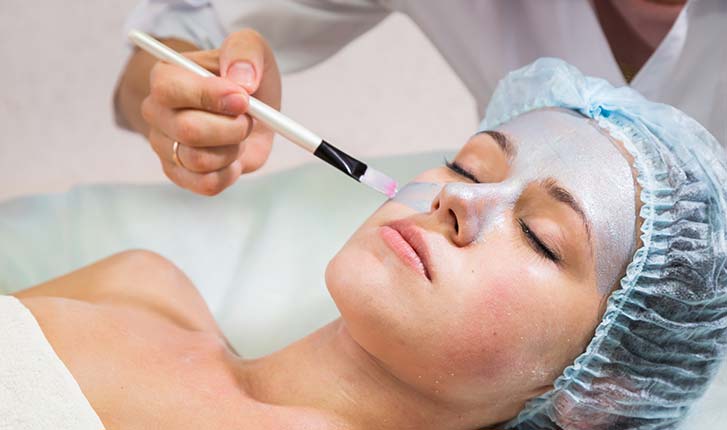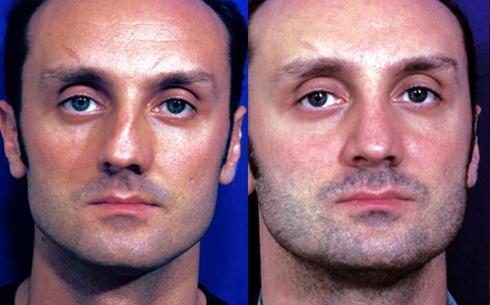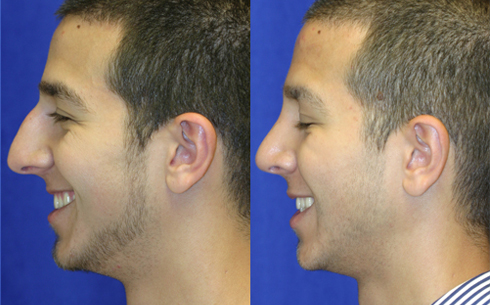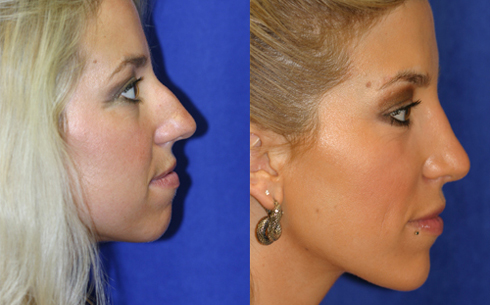
Relaxing in the sun may sound like the perfect way to pass the time while recovering from plastic surgery, especially with summer in season. And for many of us, summers are made for sporting the perfect summer glow. But before you step out for that sun-kissed look, please consider the sun’s negative side effects on your overall health and aesthetics.
After you have had plastic surgery or any reconstructive procedure for that matter, your doctor will likely caution you to avoid sun exposure as part of post-operative care and recovery.
Follow your doctor’s advice and minimize the risk of surgical scars and bruises.
These guidelines can help you plan for the months following your procedure this summer.
Why Should You Avoid Sunlight?
Post-operative care 101 instructs you to minimize sun exposure after any plastic surgery or cosmetic procedure, especially if it was a facial procedure. Exposing surgical incisions to sunlight after surgery can worsen the appearance of any side effects that you may encounter after your procedure such as inflammation, scars, and bruises. Let’s take a closer look at each of these scenarios and why sunlight may exacerbate them and require longer healing times.
- SWELLING – Inflammation is a common byproduct of reconstructive surgery. Be sure to follow your doctor’s recommendations when it comes to anti-inflammatory meds and keep the afflicted area out of direct sunlight. Any exposure to heat sources, especially the sun, can cause more swelling and inflammation. This is often called “sun poisoning” and it is a result of the radiation from ultraviolet rays.
- SCAR TISSUE – Sun exposure can easily change the pigmentation of the skin and darken the scars. Sun exposure within the first few weeks after surgery also can increase the likelihood of sunburn, which can cause scars to remain permanently discolored.
- BLEMISHES – If a chemical peel, laser resurfacing, dermabrasion or blepharoplasty was performed, premature sun exposure could lead to spotty or abnormal pigmentation. If you’ve had a facial procedure, sunscreen and a hat should be worn whenever you’re out in the sun. Choose a hat with a solid, all-around brim that is at least three inches wide. Avoid straw hats, as it still allows the sun to filter through.
If a rhinoplasty or facelift was performed, avoid prolonged sun exposure and tanning. Exposing a healing incision to UV rays can result in hyperpigmentation and darkening of the skin, which can take months to fade.
How Can You Protect Your Skin from the Sun?
Within the first several months after surgery, try to avoid sun exposure altogether. If you must go out in the sun, be sure to use sunscreen with a mid-range SPF specification. Thicker SPF lotions of 50 or higher can clog your pores, which prevents your skin from expelling toxins properly. Lower grades of SPF may not be sufficient to block the harmful UV rays of the sun. Therefore, an SPF of somewhere between 30 and 40 is the ideal product for you.
Apply said sunscreen on and around your incision area, even if clothing covers the incision. Sunlight can still filter through clothing and windows, so you should wear sunscreen throughout the day as a precaution.
Additionally, be sure to wait until your incision has completely healed before applying sunscreen to avoid infection.
When outdoors, consider wearing clothing made of thicker material and avoid lightweight clothing like bathing suits or thin apparel, which can leave your incision area exposed to sunlight.
Be sure to read the sunscreen’s label, and remember to apply sunscreen 15 to 30 minutes before you go in the sun; reapply 2 hours after you have been exposed to the sun, and reapply again after any aquatic activity.
What Does SPF Mean?
SPF actually stands for “sun protection factor” and it’s a measure of how long you can withstand sun exposure without burning. Your skin has a natural SPF, but you always want to bolster it with sunscreen. So what does a lotion marked “SPF 20” do for you? Let’s crunch the numbers…
If you are exposed to sunlight that would naturally burn you within 10 minutes, but you apply SPF 20 sunblock, then you are essentially extending your time to safely bask in the daylight to 200 minutes. Hence, you can spend over three hours in the sun with the proper sunscreen.
However, your skin’s natural SPF is affected by most cosmetic surgical procedures. You must give your epidermis time to heal so that it can resume its former luster, strength, and durability. Please don’t interrupt this essential recuperation period by scorching yourself in the sun.
Continue to Protect Your Skin from Sunlight
After your incision and surgical scars have faded, it is still invaluable and important to limit sun exposure. Prolonged sun exposure can age the skin, causing wrinkles, facial depressions, and brown spots, thus reversing the results of the procedure.
More importantly, too much sun exposure can lead to skin cancer. Sunscreen application with an SPF of at last 15 should be a part of your daily routine. If you have sensitive skin or acne-prone skin, consider moisturizers with an SPF. Alternatively, choose a makeup base with an SPF to protect your face from sunlight.
Your Skin Will Thank You
By maintaining the proper hydration, elasticity, and nutrient-rich diet, you will nurture the longevity of your skin’s health for decades to come. Why is this so important? Your skin is more than just a paint job; it’s a complex system of defense and absorption.
- THE POWER OF TOUCH – Your skin registers dangers through the phenomenon of feeling. Your nerve endings can detect extreme heat, cold, sharpness and other sensations that indicate a potentially harmful situation. After surgery, your nerve endings need time to regenerate, and exposure to sunlight delays that healing process and leaves you vulnerable to the elements listed above.
- SUIT OF ARMOR – Skin provides a vital barrier between your body and the outside world. It shields against microbes that cause sickness and disease. Healthy skin yields healthy living, so don’t weaken your natural defenses by inviting sun damage into your life.
- HEALING HYDRATION – As you recover from your medical procedure, hydration is key. We often assume that this process begins and ends with drinking water, but hydration is also aided greatly by your skin’s functionality. Your skin holds in precious liquids and helps maintain proper cell hydration, but sunburns impede this process and accelerate dehydration.
In fact, sun exposure adversely affects all of the functions bullet-pointed above. To enjoy the full benefits and successes of plastic surgery, your behavior hinges on adequate hydration, sensation, and the prevention of infection. Therefore, sun exposure is your enemy when it comes to rocking your recovery.
The irony of the matter is that your skin actually needs some amount of sunlight to absorb Vitamin D, but too much exposure damages your ability to do so. Stay covered, stay healthy, and stay the course – moderation is always advisable.
Schedule a Consultation
Remember to always protect and take care of your skin after surgical procedures. But this isn’t just a post-op recommendation; healthy skin is a lifelong commitment. You will reap the benefits for years to come.
If sun exposure is absolutely unavoidable, please follow the guidelines above to help you plan for the months following your procedure this summer. Shade your vulnerable epidermis between the hours of 11 am and 3 pm, and always moisturize your skin thoroughly to lock in hydration.
If you are considering plastic surgery, understanding the scope of post-operative care and recovery is as important as the procedure itself. To explore your options holistically, schedule a consultation with Dr. Binder today, and join our many satisfied patients. We will discuss and review your treatment options in order to find the perfect fit for you and your desired results.
Related Posts:
